Buried Voices: War, Memory, and Mystery in Rookery Mine
Hidden beneath the Peak District lies Rookery Mine, where faded graffiti whispers stories of lost boys, archaeology under threat of disappearing, and a message that should never be forgotten.
You’d expect a black marble mine to feel like entering a black hole. Devoid of light, texture, atmosphere — a general nothingness. Rookery Black Marble Mine is none of those things. Technically, it’s not marble, nor is it black. The one thing Rookery Mine can promise is surprises.
Tucked beneath a rocky outcrop and shrouded in woodland lies an unassuming metal gate leading to Rookery Mine. It’s a low shuffle through a warren of stacked debris through the entrance, reminiscent of the drystone walls that segment the Peaks.
Something tickles my neck as I clamber in. I turn to find a spindly tree root dangling through a chasm in the rock, my headtorch reflecting a droplet of morning dew off its searching end. Between the black rock, darkness, and tree roots, it would be easy to think I was buried six feet under if not for my caving companions chattering in the background.
Together, we clamber with a propulsive gait downhill into a tunnel called The Dook. It’s surprisingly roomy and open. Our trip leader, Larry, stops and invites us to stoop over the map. Names like Hades, Sheba, The Dook and Nook, and The Circus catch my eye.
‘You’re taking us to Hades, Larry? Do we need to be worried?’ I joked.
“Rookery isn’t technically difficult to navigate, but we should be careful about the ceilings here and stay behind any tethered-off areas. You’ll see why shortly. Also, keep an eye on the walls — there are some great fossils and rock formations, among other things.” Larry waves us onward towards Hades.
Since prehistory, Ashford Black Marble’s inky black limestone attracted humans due to its decorative properties. At first glance, it looks unremarkable. Once cut and polished, Ashford Black Marble’s deep, reflective surface makes the perfect blank slate for inlaid designs.
The Victorian era saw a frenzy for Ashford Black Marble, fuelled by the Industrial Revolution and Queen Victoria’s mourning of Prince Albert.
The bucolic village of Ashford-in-the-Water quickly became a hub of industry between the 16th and 19th centuries, with wealthy aristocrats and clergy members clamouring for black marble fireplaces, obelisks, urns, altars, even tables1.

By the turn of the century, demand declined with the introduction of cheap coloured glass. Rookery Mine closed its doors by 1905.
Gazing around Hades and the neighbouring chambers, hulking great segments of Black Marble still lie in situ. If ever demand resurges, Rookery Mine is ready. Yet another challenge remains.
‘Larry, what are those panels tacked to the ceiling?’
Watch your head — the Derbyshire Caving Association monitors rock movement in Rookery Mine.
Larry examines them. “Those monitor rock movement. The Derbyshire Caving Association checks them for the Chatsworth Estate. If these panels shift or fall, the rock above is unstable, and a notice will be put out. Anyway, there’s something else you need to see…”
I follow him over piles of collapsed stone to The Loop and the Working Face. Our head torches cast light on the walls, revealing elaborate graffiti.
‘H Roberts… Gooseberry… Sheldon…’ the names trail off my lips, my headtorch tracing flourishes in the pearly chalk.
A paragraph gleams in the corner. I peer closer.
‘Boys be men & fight
for your flag freedom
& king & queen
God save the king’
‘Many of these
grow some now midst
misery & woes None thought
as boys as had
would… men….’
The words strike a deep lament in my chest. Who wrote this? Why here, in a dank, shadowy, retired mine? It seemed an unlikely place for poetry.
Sections of the graffiti made no sense, words fading as the chalk dissolved into the damp atmosphere of the mine. The meaning was clear, though. It spoke of loss; the earnestness of youth quelled too soon.
Larry and the others bounded towards The Arena. I trailed behind, my mind transfixed by the mystery author and the intention behind that inscription.
Here, the tunnels were orderly and structured, but nature still found a way to make its mark. Spider sacks dangled in corners, and Larry pointed out a bat in one corner, motioning for us to keep quiet. Just as we rounded another corner, an explosion of glitter dazzled us all.
We stopped and gazed, mesmerised by the ripples in the rock.
‘It looks like a pot noodle has exploded here,’ Larry joked. The flowstones rippled down the ceiling and pooled on the mine floor.
‘I was thinking it looked like that Joy Division album cover,’ Byron, another fellow caver in our group, joked.
Caves house conditions perfect for creating incredible rock formations, unlike anything you can see above ground. Yet they’re incredibly delicate. Small environmental changes or an unintentional swipe of a muddy glove can permanently damage these geological formations.
Later that night, as I rinsed my boilersuit, the lingering moroseness of the passage in Working Face filled my head with questions.
The indecipherable words also filled me with a slight alarm.
Someone made an effort to write that passage down there; what if it is lost forever, with no record?
I won’t be the first person to want to learn more about the author, could I? Surely the inscription has touched others, too?
A search for Rookery Mine and graffiti resulted in miscellaneous caving publications, historical PDFs, and research notes. Peak District National Park Authority archaeologist John Barnatt completed a survey of the archaeology of Rookery Mine in 2018 alongside Terry Worthington for The Bulletin for the Peak District Mines Historical Society. The elaborate detail and photography taught me even more information that I had missed on my trip through Rookery, I realised.
I was halfway through scrolling when the words jumped out at me:
“Boys be men & fight
for your flag freedom
& king & queen
God save the king - and king should be King
Many of these (are past) grow some (a..ng) now midst
misery & woes None thought
as boys as had (lives)
would (not)
men (be)”
Barnatt and Worthington transcribed the words with some admitted uncertainty.
Out of all the names and dates graffitiied in Rookery Mine2, several appeared repeatedly: H Roberts, Joseph Sheldon, and J Sheldon. Both boys had family links to marble extraction at the mine.
Barnatt and Worthington continue to deduce that previous assumptions 19th-century quarrymen made the graffiti is incorrect:
“When the names were being added this gallery was almost certainly accessed by the now-blocked lower entrance that was filled sometime in 1915-19 period when the chert quarry was being worked nearby… The dated graffiti was added after Rookery Mine had been effectively abandoned.”3
Using research from the dated inscriptions, the Ashford parish registers, census returns, and churchyard memorials, Barnatt and Worthington determined that those named in the workings were local boys and young men, between 9 and 23 years old when they placed their names in Rookery Mine.
A picture began forming in my mind, yet the pieces were disjointed.
Henry Roberts was 15 when he etched his name into Rookery Mine in 19044. When World War I broke out, he enlisted in the Kings Own (Yorkshire Light Infantry) and was killed in action in Belgium on 14 July 1917.
According to Barnatt, multiple J Sheldons appear in Ashford-on-the-Water, making his story harder to trace. However, he found a James Sheldon who was born in 1885 and enlisted in the Sherwood Foresters Regiment. He was killed in action on 01 June, 1917.
Could Henry and James have known each other? If so, what made them explore Rookery Mine?
Barnatt has a theory for that. If the lower entrance had been blocked off, the boys could have entered via a blind chamber. Given the proclivity of other graffiti denoting nicknames like ‘Donkeys Breath’ and ‘Gooseberry’, and sexually explicit etches, it’s possible this area of Rookery Mine was a playful "den” for local boys.
Reaching the Working Face with only candles would have been an adventure in its own right. With the myriad tunnels, collapsing rock, and intriguing rock formations, it’s the perfect place for boys wanting a caper. Heck, it’s a source of fun for adult cavers.
Barnatt mentions one final name in his research: Joseph Sheldon. Brother of James Sheldon, Joseph was born in 1889 and also enlisted.
Records show that he survived and was awarded the Military Cross5 with bar and the Distinguished Service Order. Barnatt notes that Joseph rose from Private to Captain during the war, dying years later in 1965.

Could Joseph, Barnatt questions, have been the one to write the commemorative inscription as a tribute?6
I sit back, my mind ensnared by the thought of Joseph Sheldon as the author. Years spent cavorting with friends and siblings in Rookery Mine, its network of chambers being a source of adventure and fond memories. How did he feel returning to his childhood play area, with the echoes and memories of his lost friends and brother for company?
Did the dark chambers and tunnels transform from teenage fun to macabre fright of reliving the trenches for Joseph when he returned on his own?
Or was he simply a man who desperately missed his brother James and his friends and wanted their sacrifice recognised somewhere they all once loved?
The abundance of cenotaphs throughout the UK and Remembrance Day allows us to express gratitude for their sacrifice. How often, though, do we hear the personal stories of those who fought in World War I? To learn of those tethers in life, such as friendships, family, hobbies, and memories that make up life's cords, and how they were suddenly cut short?
How often do we hear the stories of those who survived and how they took those frayed tethers and tried to give them a final bind?
When we think about the archaeology of remembrance, cemeteries, cenotaphs or grand monuments like the Taj Mahal, or the graffiti found in Pompeii and Herculaneum7 spring to mind.
More recently, informal memorials, such as plaques left on hillsides or inscriptions on benches, have sparked debate. Do individuals have the right to alter the natural landscape? When does an inscription shift from defacement to historical significance?
Graffiti in natural spaces challenges our understanding of heritage. Who decides what should be preserved or erased? If inscriptions deepen our connection to the past, how do we ensure their survival?
Sites like the Working Face chamber in Rookery Mine provide invaluable glimpses into history. Yet, as I learned from my correspondence with archaeologist John Barnatt, these places are disappearing.
The inscriptions in Rookery Mine nearly disappeared a few years ago due to a well-intentioned but uninformed cleanup exercise. Luckily, the Derbyshire Conservation Officer of the time stepped in at the last minute to stop the activity and spread the word of the inscriptions’ importance.
There is limited protection for the Peak District National Park's cultural heritage. Less than 5% of the Peak District National Park’s cultural heritage has any form of statutory protection8.
‘There are no mines in the Peak District designated as Scheduled Monuments specifically for their underground archaeological interest,’ John explained.
‘However, sites scheduled for surface remains do by default protect the underground interest as the scheduled area legally extends to the centre of the earth. This is not ideal in that the underground interest sometimes extends beyond the area defined for the surface features. Also, underground explorers are often in blissful ignorance that the scheduled area extends underground.
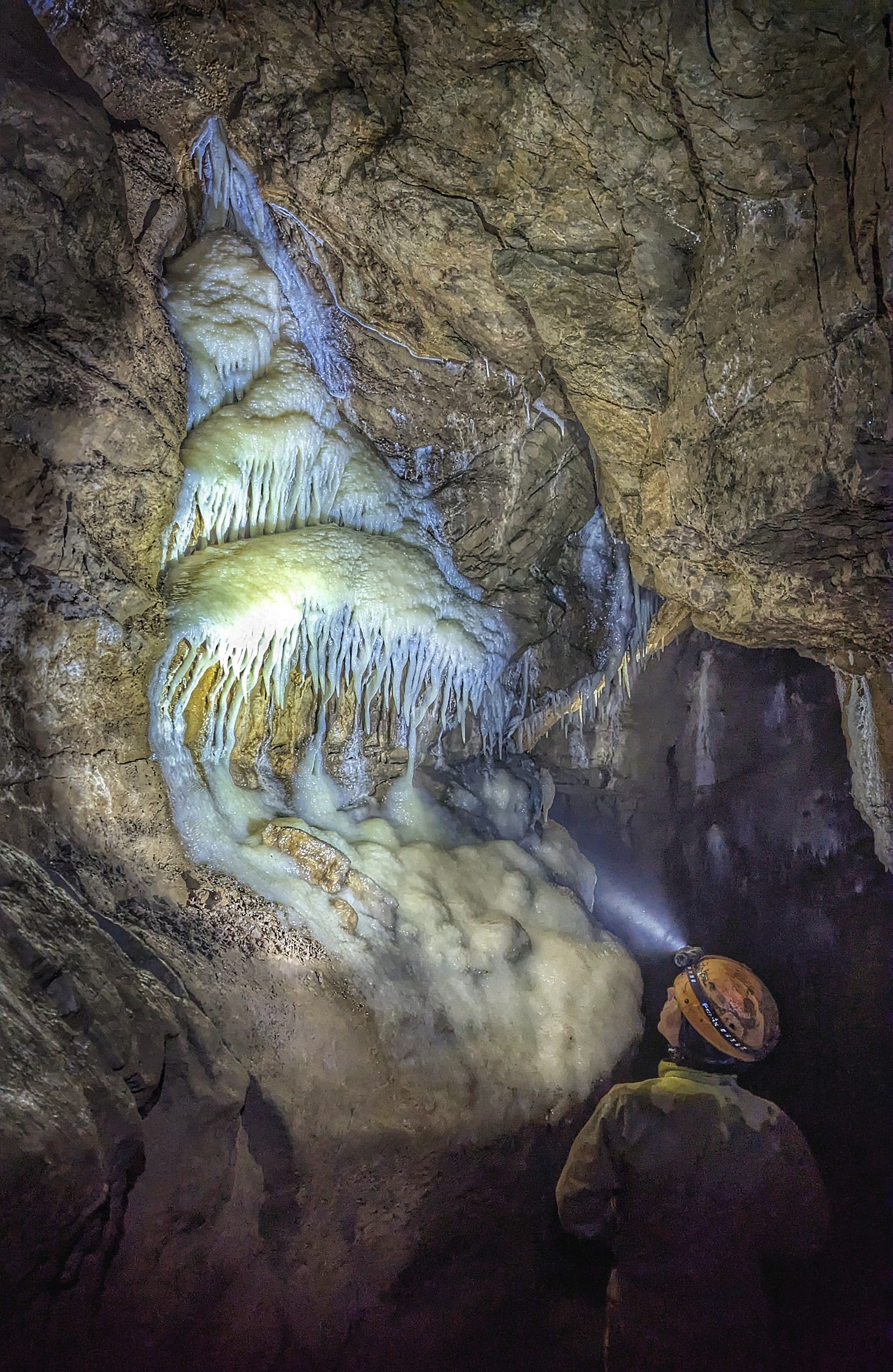
‘Beyond the Peak District, there are a few sites designated for underground interest but these are normally for something exceptional; for example, the Palaeolithic interest at Creswell Crags and at Kent’s Cavern in Devon, and the Neolithic flint mines at Grimes Graves.’
Preservation depends on knowledgeable cavers and occasional collaboration with English Nature for now.
The best way to safeguard sites like these is through formal designation. By sharing their stories and advocating for their protection, we ensure the voices of the past are not lost.
If Working Face in Rookery Mine vanishes, how much history disappears with it? Who decides which stories are worth preserving? And what happens when we fail to protect them?
Perhaps this is precisely what Joseph Sheldon or whoever the author was intended — not just to honour their loved ones, but to ensure their sacrifices were never forgotten in a place that meant so much to them.
“GENUKI: Bygone Industries of the Peak: Ashford Marble, Julie Bunting, Peak Advertiser, Derbyshire.” Archive.org, 2025, web.archive.org/web/20100809101751/www.genuki.org.uk/big/eng/DBY/BygoneIndustries/AshfordMarble.html. Accessed 28 Mar. 2025.
Barnatt, John, and Terry Worthington. Quarrying Black Marble at Ashford -Supplementary Information Rookery Mine -Catalogue of Features.
Barnatt, John and Terry Worthington. “Quarrying Black Marble at Ashford: A Detailed Archaeological Survey of Rookery and Arrock Mines, with an Outline History of Extraction.” Mining History: The Bulletin of the Peak District Mines Historical Society, vol. 20, no. 2, 2018, pp. 1–32. British Cave Research Association. Accessed 27 Mar. 2025.
Barnatt, John, et al. “Graffiti in Peak District (England) Caves and Mines: Historic Record or Mindless Vandalism?” Cave and Karst Science, vol. 42, no. 3, 2015, pp. 133–143. Accessed 27 Mar. 2025.
“Lives of the First World War.” Iwm.org.uk, 2025, livesofthefirstworldwar.iwm.org.uk/lifestory/3996531. Accessed 28 Mar. 2025.
Barnatt, John , and Terry Worthington. “Quarrying Black Marble at Ashford: A Detailed Archaeological Survey of Rookery and Arrock Mines, with an Outline History of Extraction.” Mining History: The Bulletin of the Peak District Mines Historical Society, vol. 20, no. 2, 2018, pp. 1–32. British Cave Research Association. Accessed 27 Mar. 2025.
Benefiel, Rebecca R. “The Ancient Graffiti Project.” Ancientgraffiti.org, 2025, ancientgraffiti.org/. Accessed 12 Mar. 2025.
“Protection of Assets | State of the Park Report.” Peakdistrict.gov.uk, 2019, reports.peakdistrict.gov.uk/sotpr/docs/people-&-farming/protection-of-assets.html. Accessed 12 Mar. 2025.





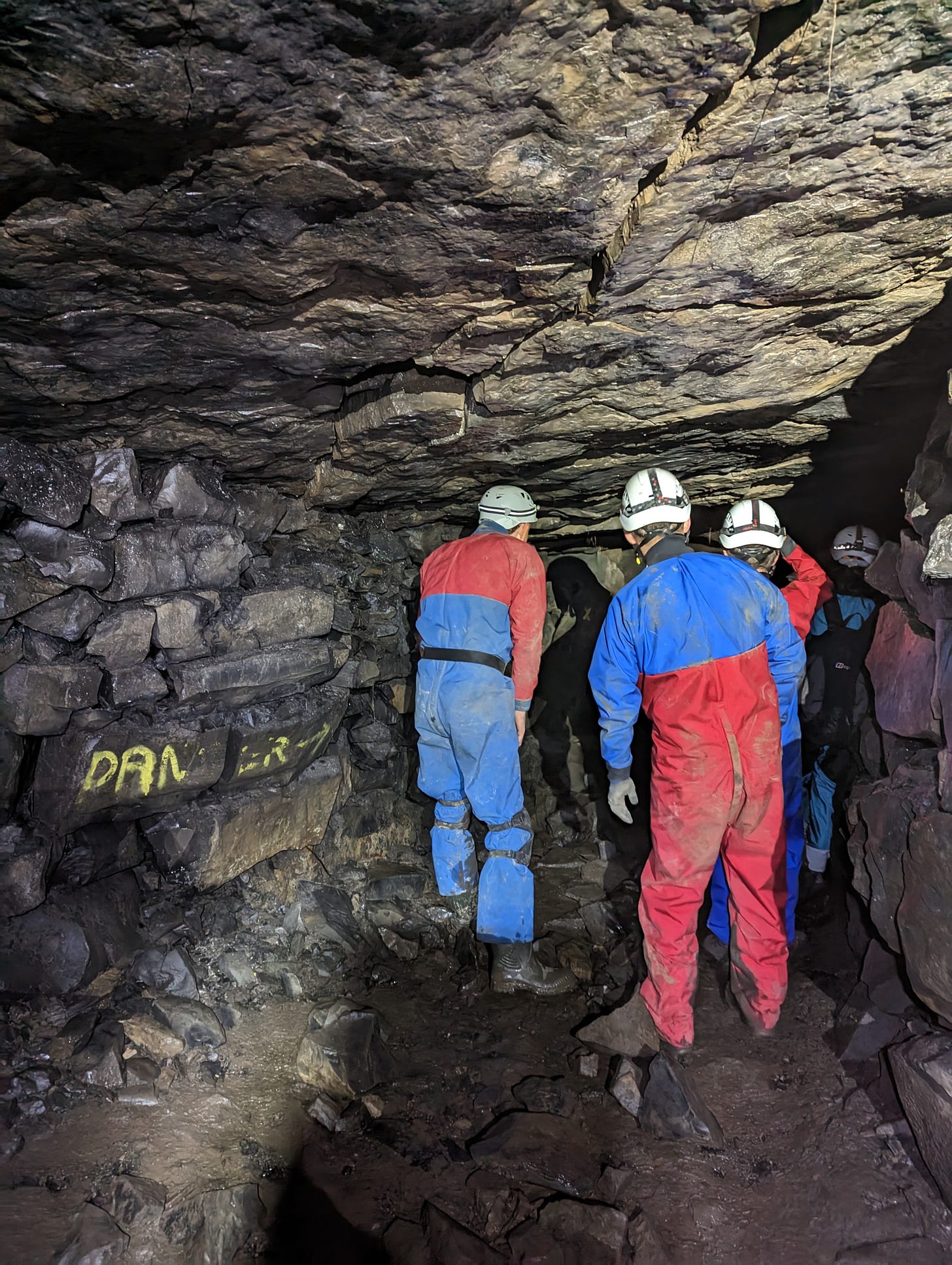

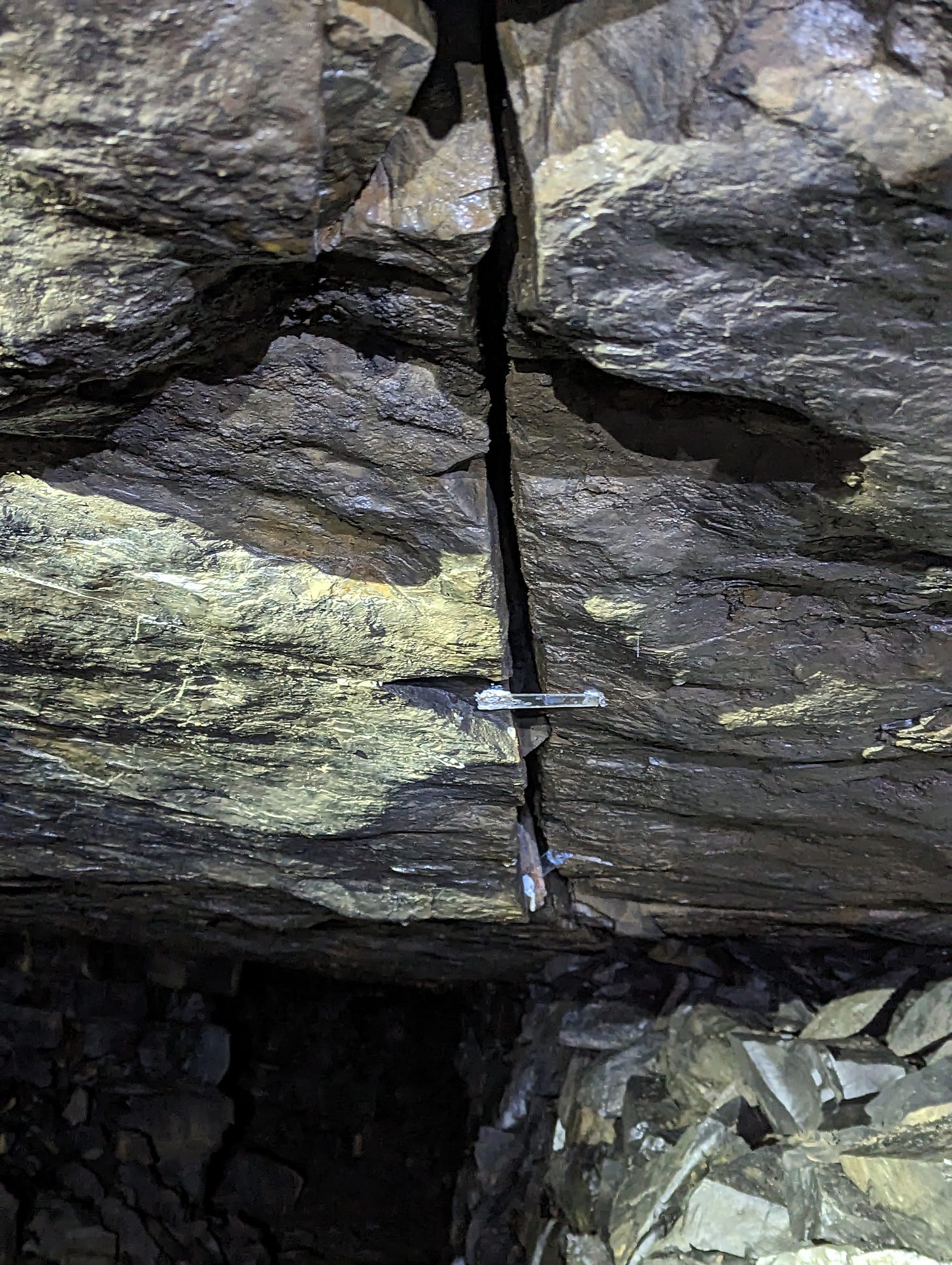

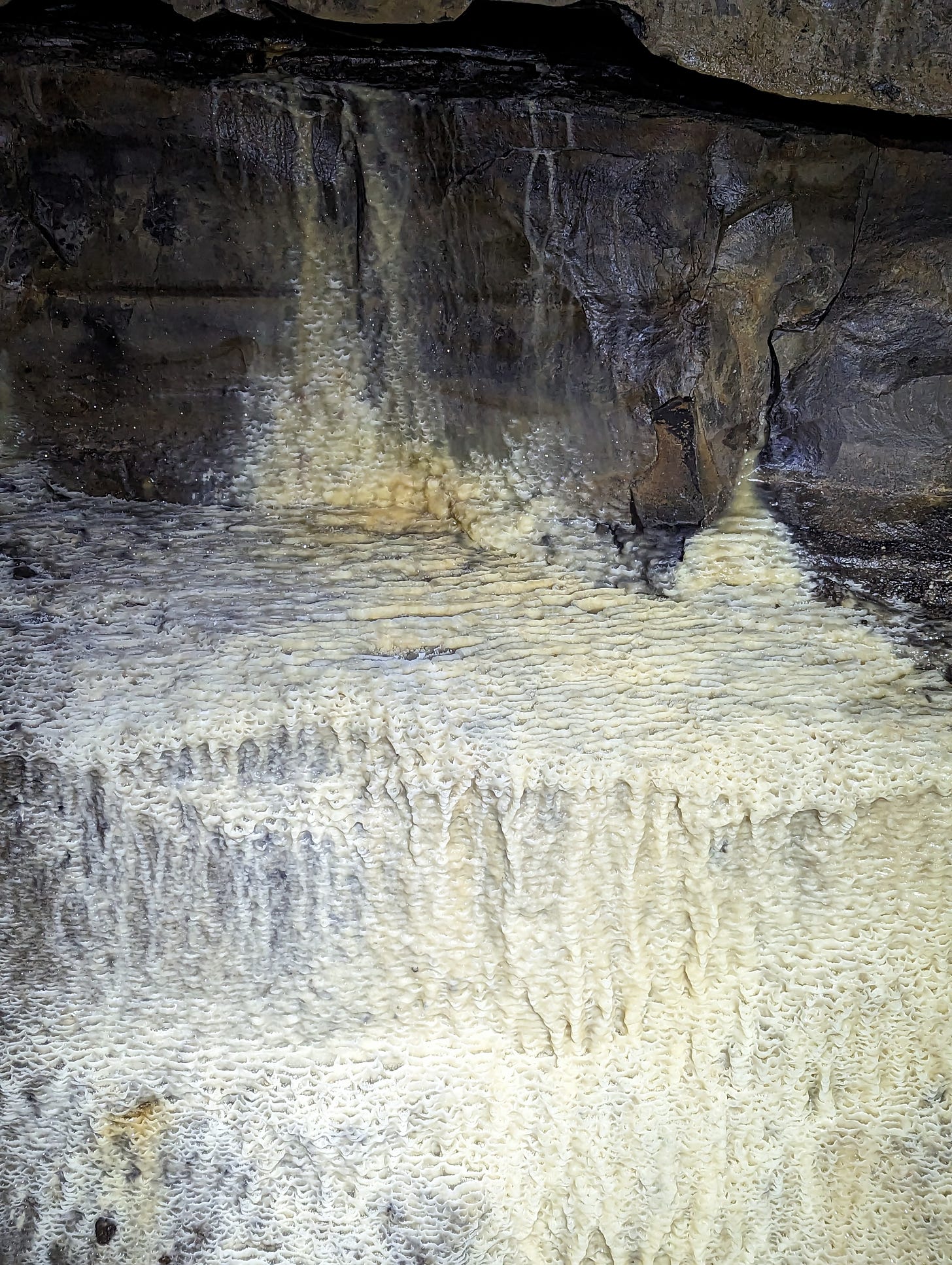
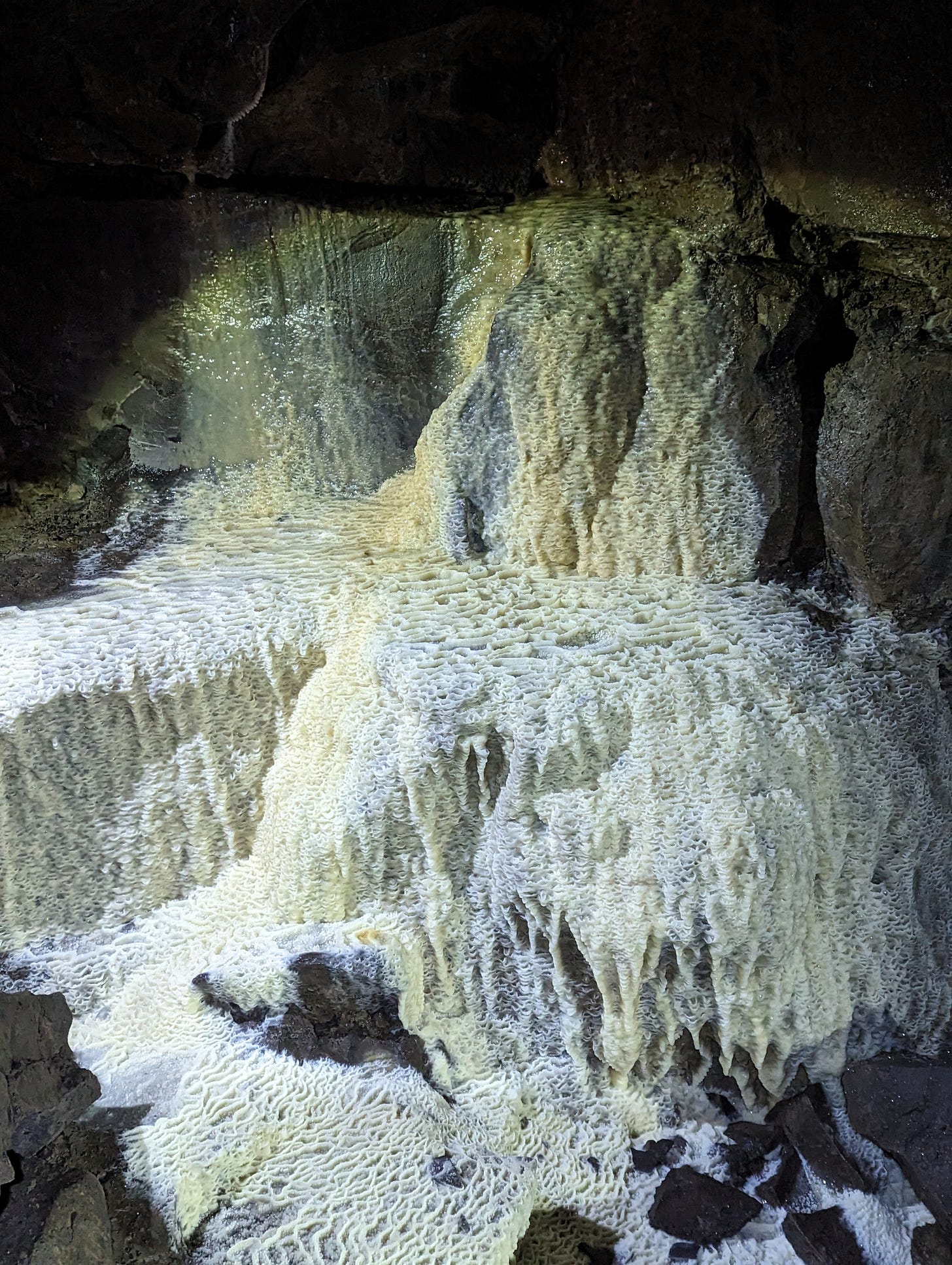
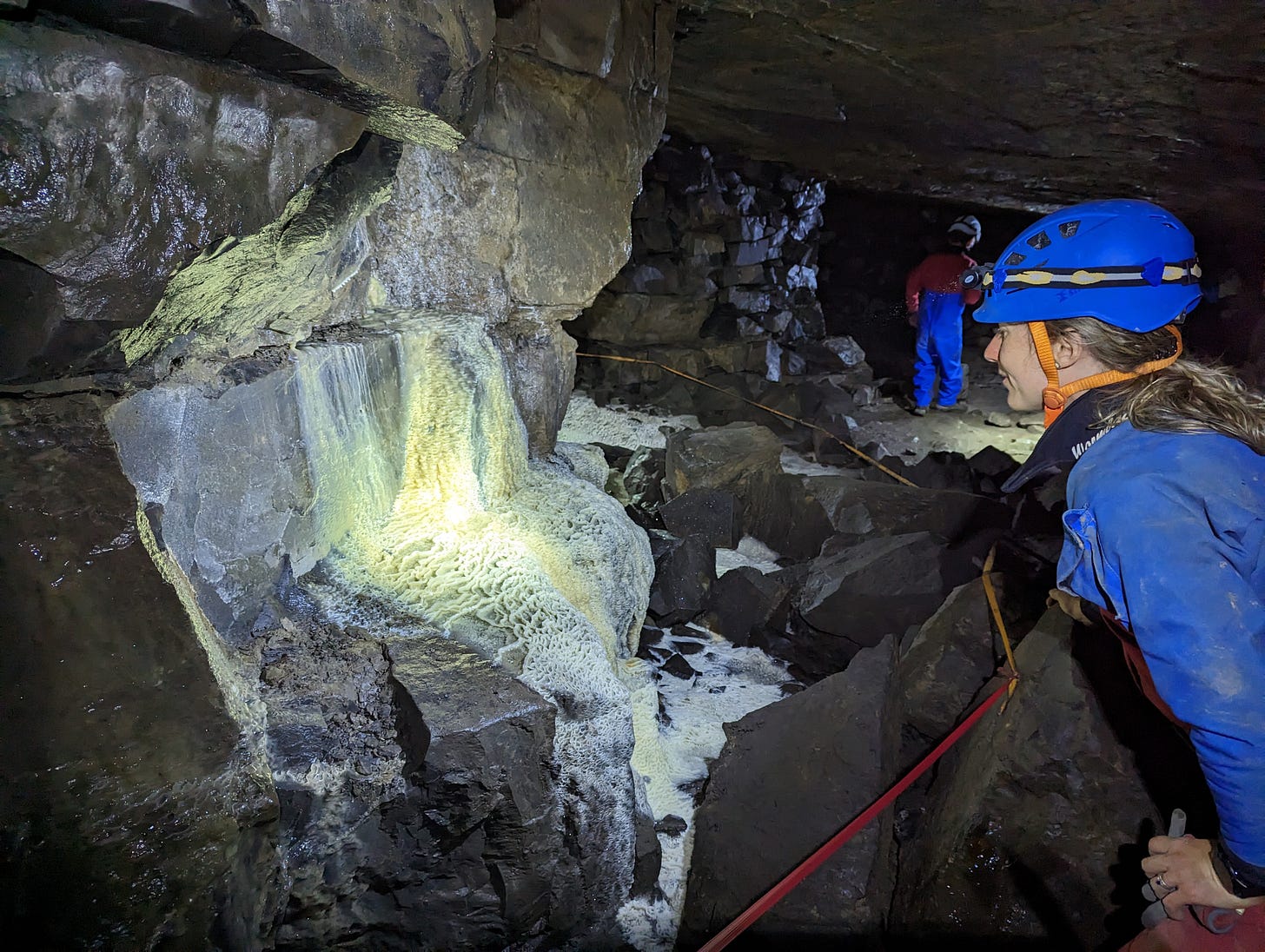


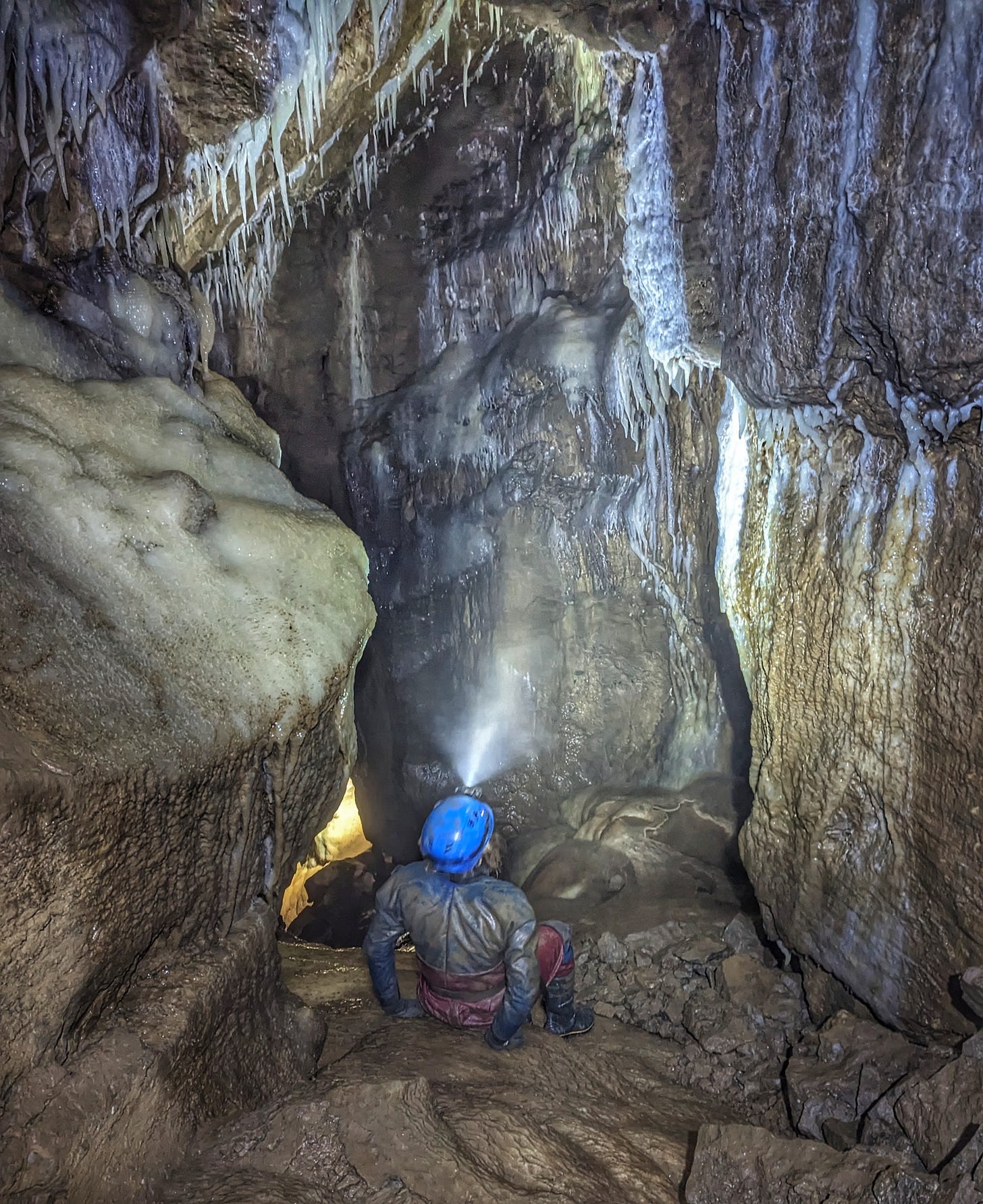
I like the sign that says "danger ->" and everyone going in that direction